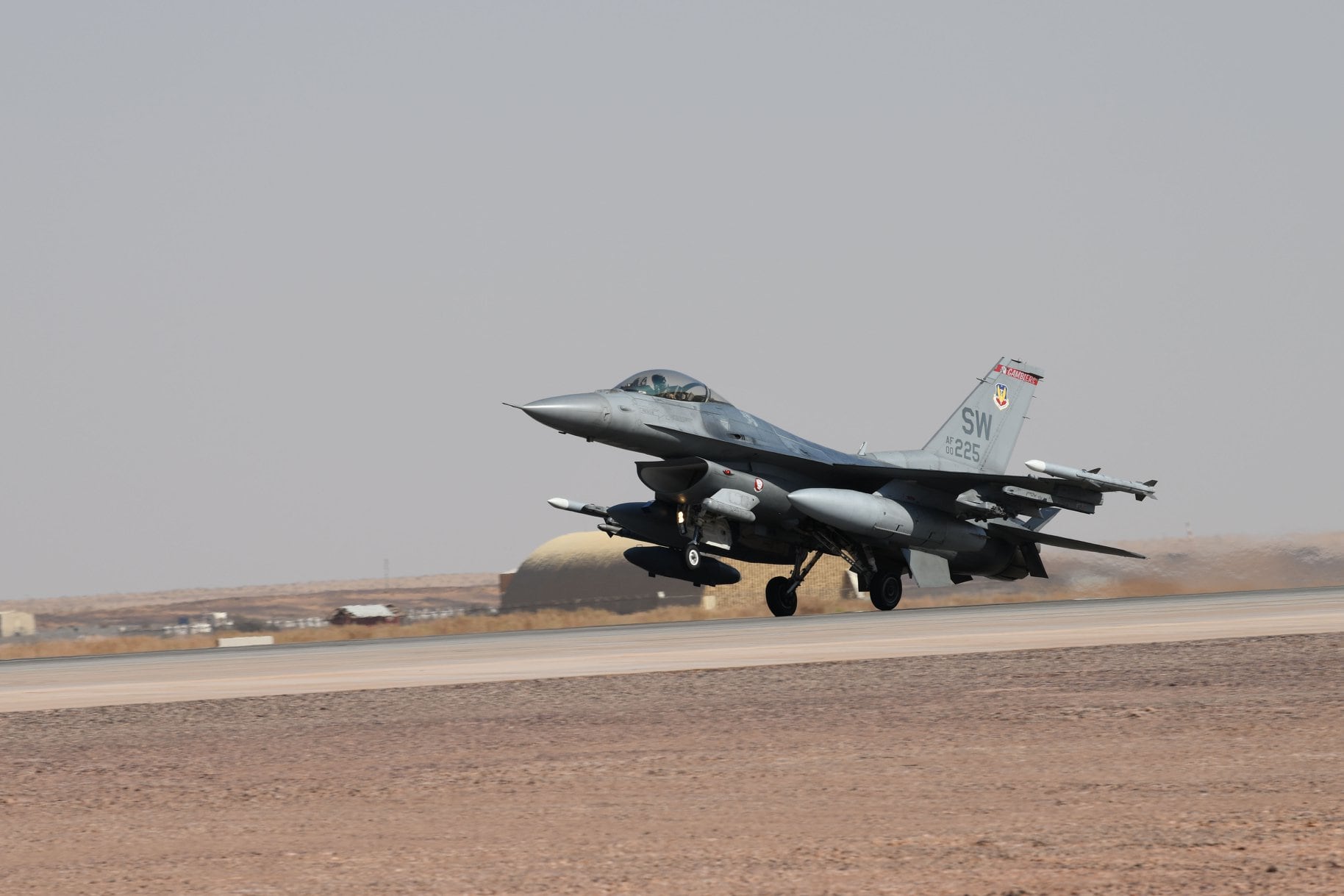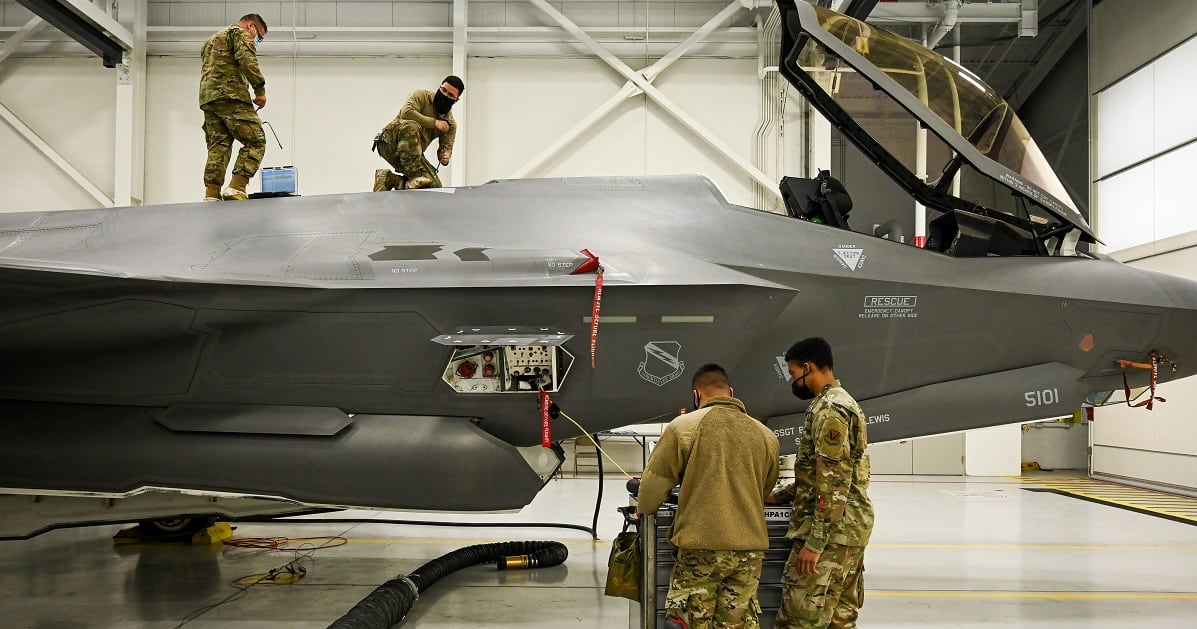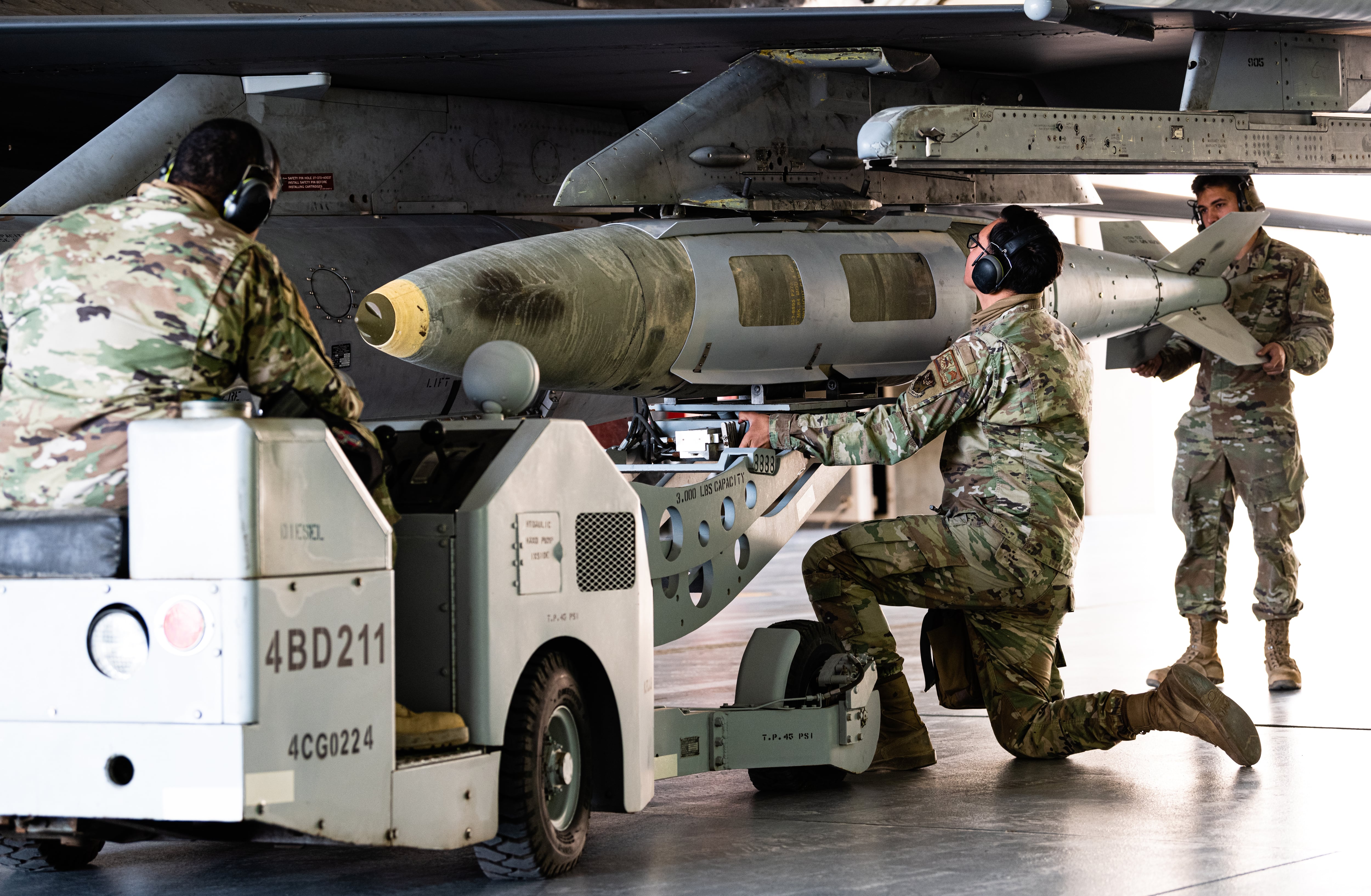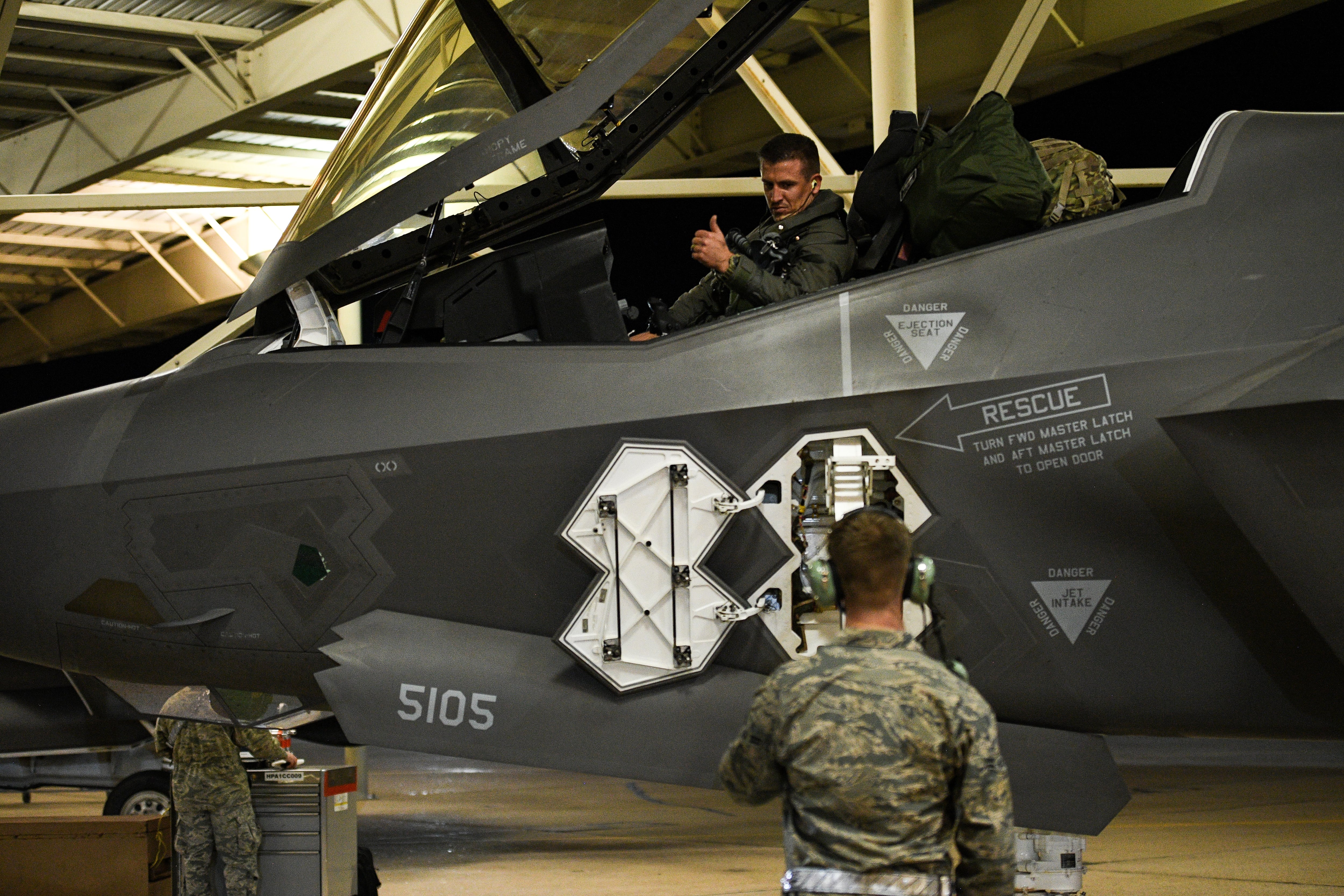Two Air Force fighter jet wings are the first to try a new approach to maintenance that aims to improve quality of life for the crews that keep the service’s premiere planes running, while also pushing the envelope of what those jets can accomplish in combat.
The “combat-oriented maintenance organization” plan breaks massive aircraft maintenance units into smaller fighter generation squadrons, offering a more hands-on approach for commanders who deploy overseas so they can better connect with their team.
The 20th Fighter Wing at Shaw Air Force Base, S.C., which flies F-16 Fighting Falcons, and 388th Fighter Wing at Hill AFB, Utah, which flies the F-35A Lightning II, are the first two bases to revamp their maintenance organizations. The remaining Air Force fighter wings will follow suit by summer 2022, according to Air Combat Command.
At both Hill and Shaw, the old aircraft maintenance squadrons were comprised of at least 900 airmen across three units — with one squadron commander to manage them all. Leaders from both bases who spoke to Air Force Times said it was a struggle to juggle the operational needs of three units, plus personnel management and mentorship.
“The Air Force expects a lot from our commanders, and when you start talking several hundred personnel, it becomes difficult to cover down everything,” said 388th Maintenance Group Commander Col. Jeremy Anderson.
RELATED

The Air Force hopes shrinking the responsibilities of maintenance commanders will help leaders focus on fleet readiness, resourcing and troop morale and discipline. Learning what makes airmen tick is much easier for commanders of smaller groups — and much more important for managing people in a combat zone.

“There is an opportunity to solve some of those issues early on, get more involved, so that they don’t become bigger issues going forward, to really focus on what the airmen need,” said Maj. Stephanie July, commander of Shaw’s 55th Fighter Generation Squadron. “For special equipment that we require, we can really look at those numbers and advocate for getting more testers, or why it’s so critical to our readiness, and we didn’t have that before.”
Under the new construct, Hill can rotate through training, operations and reconstitution after deployment more smoothly as well. A squadron commander can focus on one of those phases at a time instead of overseeing people at all three stages, officials said.
They see a similar benefit overseas, where maintenance leaders work with one fighter squadron at a time rather than three. For example, Col. Steve Behmer, head of the 388th Fighter Wing at Hill, pointed to an instance at a recent Red Flag exercise where the maintenance and fighter squadron bosses were able to avoid jet scheduling conflicts that could have kept jets out of the air.
The approach is part of the Air Force’s broader push to move faster by giving airmen at lower levels of command more decision-making power. It also offers a young maintenance force more attention and mentorship as they learn the craft. Airmen say it’s worked so far.
Airmen with the 388th returned from a cycle of 18 months of deployment last fall, during which the wing reorganized how it handles maintenance amid combat operations in U.S. Central Command. That new approach helped achieve another big Air Force objective: making squadrons more capable of responding to missions on short notice.
“The main data point that we had was looking at our agile combat employment,” Behmer said. “For us, that means operating out of, potentially, a main operating base with a certain number of airplanes and then … deploying to a [forward operating base]. We did that with at least one of our squadrons.”
Bringing along a squadron commander, who previously would have stayed behind, and shrinking the size of each unit, helped the F-35 enterprise stay more flexible and effective on the go, he said.
Maj. Claire Vazquez, who deployed to CENTCOM as commander of Shaw’s 77th Fighter Generation Squadron, said going overseas allows the team to split up unit leadership between the overseas base and farther afield for more comprehensive direction in both places. That helps ops run more smoothly and doesn’t stretch a single commander too thin.

“We’re able to operate effectively in multiple locations at once without reducing the operations tempo, or the capabilities of either organization, or either [force] package, wherever we are,” Vazquez said.
RELATED

Behmer doubts the reorganizations will have much impact on aircraft availability but noted a “significant increase” in personnel readiness.
There’s still some kinks to work out: Vazquez said growing the number of commanders can cause confusion about which part of the leadership team should handle particular responsibilities. Issues can get routed to the wrong person, she said, or lost in translation.
They’re also figuring out who needs to deploy and who can stay in the United States, to avoid having too many senior leaders abroad at once, said Maj. Evin Greensfelder, 79th Fighter Generation Squadron commander at Shaw.
ACC will need to carefully manage the flow of majors and colonels it needs to fill a larger number of squadron leadership jobs, Behmer added. That may require creating new positions in wings that can’t simply shuffle people around like at Hill.
Restructuring maintenance is one aspect of a three-part overhaul of how ACC organizes, trains, and equips its forces. The second phase will look at rapidly deploying air base squadrons for overseas base support, and a third phase will consider command and control at the wing level, ACC said.
Greensfelder said her squadron’s response to the changes has been “overwhelmingly positive” so far.
“I was talking to one of my senior master sergeants the other day and he said he’s been through three iterations of different reorgs,” she said. “He said this is the best one — this is the best way to be able to take care of people, but still ensure that we’re taking care of our ops customers.”
Rachel Cohen is the editor of Air Force Times. She joined the publication as its senior reporter in March 2021. Her work has appeared in the Washington Post, the Frederick News-Post (Md.), Air and Space Forces Magazine, Inside Defense, Inside Health Policy and elsewhere.





